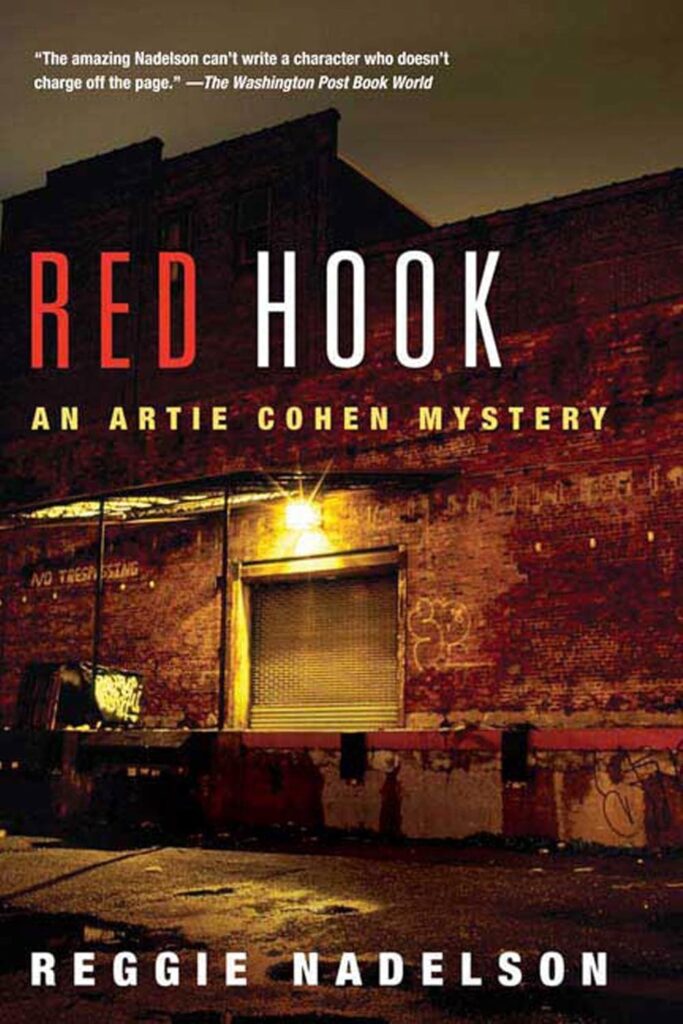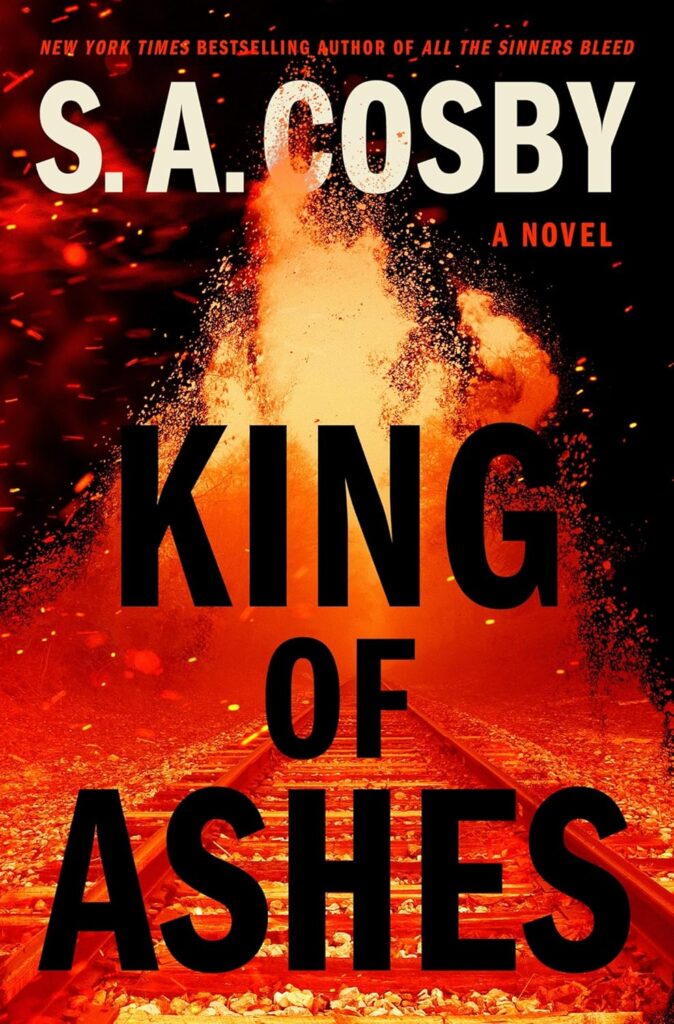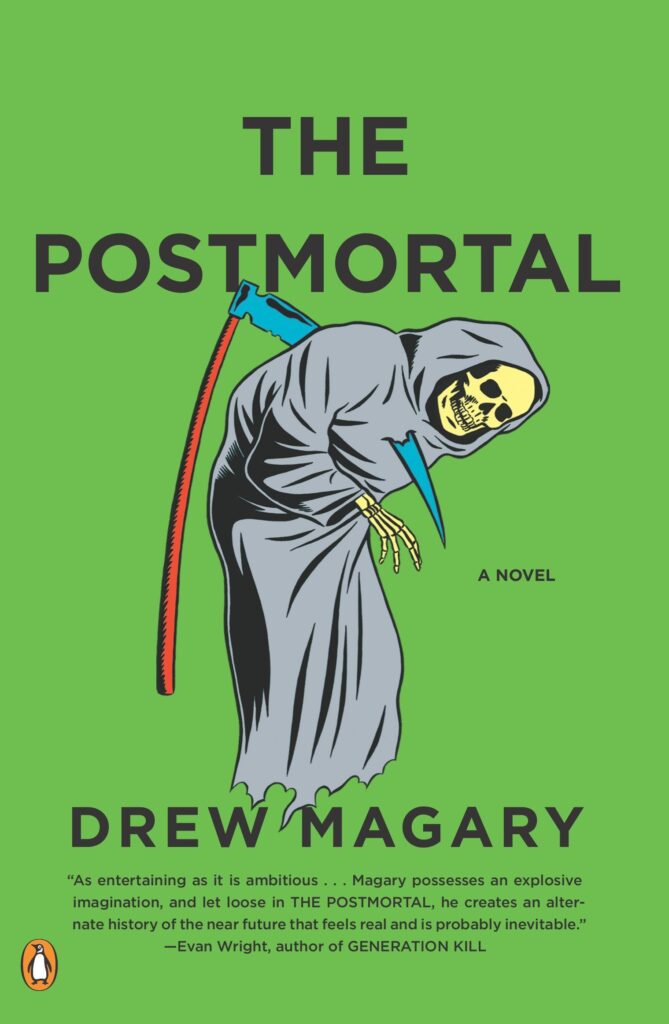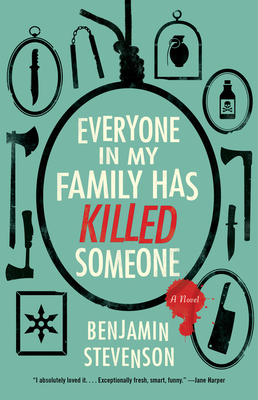
Paul Condon
Paul Condon is an associate professor of psychology at Southern Oregon University. He has a PhD from Northeastern University. He has served as a visiting lecturer for the Centre for Buddhist Studies at Rangjung Yeshe Institute, and is a fellow of the Mind & Life Institute. His research examines the relational basis for empathy, compassion, and wellbeing, along with the influence of compassion and mindfulness training on those capacities.
His writing and teaching also explore the use of diverse scientific theories in dialogue with contemplative traditions, and his publications have appeared in such journals as Philosophy East & West, Mindfulness, Perspectives on Psychological Science, and Current Opinion in Psychology.
His recently published book is How Compassion Works: A Step-by-step Guide to Cultivating Well-being, Love, and Wisdom, co-authored with John Makransky and published by Shambala Press.
Ed Battistella: How did the idea for the book come about?
Paul Condon: John and I had been working together to explore correlations between compassion practice and psychological theory—through collaborative academic writing and in our conversations about meditation experience. Our first writing project was a journal article that introduced meditation as a relational practice, through the lens of attachment theory and other psychological perspectives. In that view, humans need to experience care and social support for optimal well-being. We extended this perspective to compassion training as well—we first need to experience what it is like to be a recipient of care to be able to extend inclusive and sustainable care to others. Over the course of that work, we realized that drawing on science to enhance understanding of meditation experience was a new direction of thought. The book grew from these collaborative threads, as well as several colleagues and meditation practitioners who shared their experiences with us over many years.
EB: In just a few words, can you tell our readers what the Sustainable Compassion Training model is?
PC: SCT involves three styles or modes of meditation. The first focuses on connecting with caring moments or benefactors so we can experience what it is like to be a recipient of care. That mode of practice helps to draw out our natural capacity for compassion and wisdom, which leads into the second mode, which is to recognize and stabilize in the sense that care and compassion are fundamental capacities of our being. Finally, those embodied qualities become the basis for the third mode: including others and the world in a stance of love and compassion.
EB: One of the things that impressed me most was your bringing together of Buddhist practice, cognitive science, and attachment theory. How did these three intellectual traditions come together for you?
PC: My academic journey has benefited from studying with various scholars across these different traditions—dating back to my days as an undergraduate. These scholars all modeled appreciation for transdisciplinary thinking. As I spent more time in meditation retreat, various connections between Buddhist contemplative experience and psychology occurred. For example, during one retreat, we engaged in practices of extending care to others. I noticed that it felt like that made the qualities of care, joy, and peace feel stronger. In that moment, I remembered a research study in which people who shared a chocolate bar together enjoyed the chocolate more and had a greater memory of the experience than if they had the chocolate bar alone. In a similar way, including others within our own capacity for joy, peace, and well-being amplifies those qualities. It felt natural to me that scientific theories could help enhance meditative experience.
EB: You also emphasize that the practices you describe have analogs in other traditions than Buddhism. What will secular readers or readers of other faiths take away from How Compassion Works?
PC: We invite people to draw on their own life experience and traditions to fill in the contents of the meditations. In the benefactor practice, a person could draw on caring memories from their life, a spiritual benefactor from their tradition, a moment with a pet, a place in nature, or even a proud or happy memory engaging in a favorite hobby or sport. The possibilities are endless. In our teaching, our first goal is to help people find such resources from their life that already exist. One of the most rewarding experiences as a teacher occurs when students rediscover these resources from their own life, but now imbued with a new interpretative framework of great significance.
EB: I’ve been reading How Compassion Works in small bites, as you suggested in the introduction. And I appreciated the periodic illustrative anecdotes. Do you think that slow reading can itself be a kind of meditation?
 PC: Yes! According to grounded cognition, we are always simulating experiences through multiple modalities in the brain—for vision, muscle movement, smell, sound, etc. The benefactor practice draws on this natural capacity as well, to simulate experience of care from our past so as to relive them in the present throughout the body. This is happening while reading, too. Some fascinating research has shown that reading fiction in particular can help increase empathy because it involves simulating the experiences of diverse others. Fictional characters can also serve as benefactors by helping to work out various dilemmas or difficulties we might be facing. They can help us to be seen through their experience and inspire us in our own journeys. I recently read John Ciardi’s translation of Dante’s Inferno and found that experience to be deeply inspiring for contemplations of suffering and navigating challenges in our world.
PC: Yes! According to grounded cognition, we are always simulating experiences through multiple modalities in the brain—for vision, muscle movement, smell, sound, etc. The benefactor practice draws on this natural capacity as well, to simulate experience of care from our past so as to relive them in the present throughout the body. This is happening while reading, too. Some fascinating research has shown that reading fiction in particular can help increase empathy because it involves simulating the experiences of diverse others. Fictional characters can also serve as benefactors by helping to work out various dilemmas or difficulties we might be facing. They can help us to be seen through their experience and inspire us in our own journeys. I recently read John Ciardi’s translation of Dante’s Inferno and found that experience to be deeply inspiring for contemplations of suffering and navigating challenges in our world.
EB: Is there a compassion deficit and compassion fatigue in modern society? As a psychologist, how do you measure compassion?
PC: Yes and no. There are obvious societal challenges that interfere with compassion. At the same time, the SCT model is based on a Tibetan Buddhist tradition called dzogchen, which emphasizes effortlessness. Compassion comes naturally and effortlessly when we are in contact with someone we like, or when we feel well-resourced. But when we experience various difficulties, such as stress, trauma, a lack of safety, or repeated exposure to others’ suffering, we shut off our emotional response and connection, which inhibits compassion. This ebbs and flows for all of us. People can access qualities of compassion with a sense of immediacy and effortlessness. We can look for the resources (including people and activities) in our life that give us a sense of safety, nourishment, and well-being and invest more of our attention and time into those resources to support ourselves and others. The more we pay attention to these experiences, the easier it will be to notice them and experience compassion for ourselves and others more effortlessly.
I’ve been impressed with a measurement called the Empathy Selection Task (developed by our colleague Daryl Cameron). In that task, people are asked to choose to feel what another is feeling or to describe another’s characteristics. This is a contrast between empathy and a more distant engagement with another person. People typically choose empathy, but report that it is effortful and demanding, and then switch to the describe strategy. If we can help people to feel repeatedly nourished, it might help them to sustain the empathic choice for longer, which could have many obvious benefits for professionals in healthcare, education, and all of us in our personal relationships. There are several other creative tools for assessing empathic and compassionate action, such as eye-tracking visual attention on scenes of suffering, offering a chair to someone on crutches in a waiting room, or intervening to include another in a virtual social interaction.
EB: Thanks for talking with us. Where can readers find your book?
PC: Thank you, Ed! The book is distributed by Penguin Random House and available through the major online retailers. For local readers in Southern Oregon, it’s also available at Bloomsbury Books.
 Red Hook and Londongrad by Reggie Nadelson
Red Hook and Londongrad by Reggie Nadelson Lethal Prey by John Sanford
Lethal Prey by John Sanford
 Follow
Follow
 PC: Yes! According to grounded cognition, we are always simulating experiences through multiple modalities in the brain—for vision, muscle movement, smell, sound, etc. The benefactor practice draws on this natural capacity as well, to simulate experience of care from our past so as to relive them in the present throughout the body. This is happening while reading, too. Some fascinating research has shown that reading fiction in particular can help increase empathy because it involves simulating the experiences of diverse others. Fictional characters can also serve as benefactors by helping to work out various dilemmas or difficulties we might be facing. They can help us to be seen through their experience and inspire us in our own journeys. I recently read John Ciardi’s translation of Dante’s Inferno and found that experience to be deeply inspiring for contemplations of suffering and navigating challenges in our world.
PC: Yes! According to grounded cognition, we are always simulating experiences through multiple modalities in the brain—for vision, muscle movement, smell, sound, etc. The benefactor practice draws on this natural capacity as well, to simulate experience of care from our past so as to relive them in the present throughout the body. This is happening while reading, too. Some fascinating research has shown that reading fiction in particular can help increase empathy because it involves simulating the experiences of diverse others. Fictional characters can also serve as benefactors by helping to work out various dilemmas or difficulties we might be facing. They can help us to be seen through their experience and inspire us in our own journeys. I recently read John Ciardi’s translation of Dante’s Inferno and found that experience to be deeply inspiring for contemplations of suffering and navigating challenges in our world. King of Ashes by S. A. Cosby
King of Ashes by S. A. Cosby
